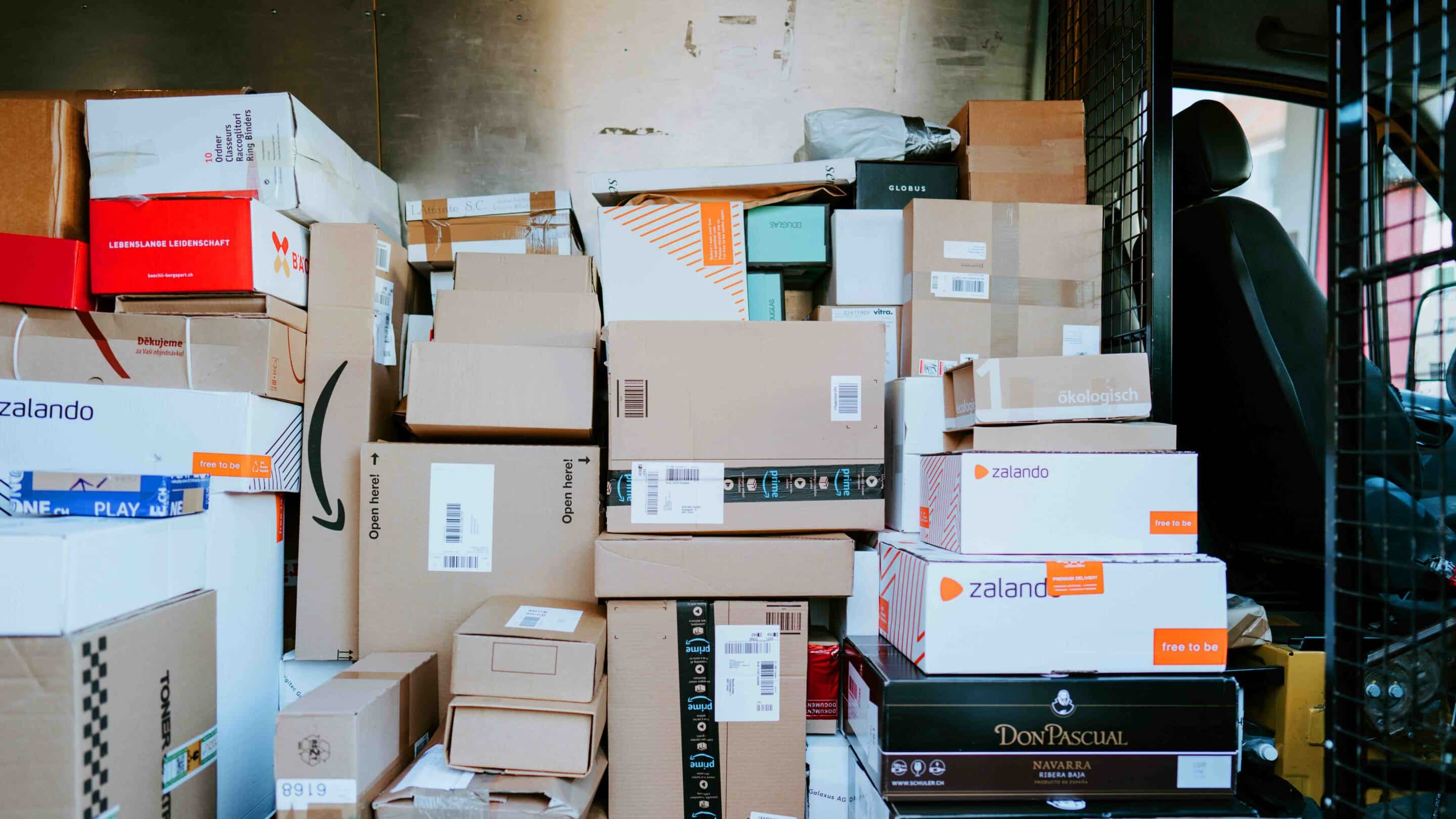
Have you ever ordered something online and marveled at how quickly it arrived at your doorstep? That’s the magic of Direct-to-Consumer (DTC) fulfillment – a game-changer in the world of e-commerce.
DTC is the future of retail. It’s about creating a brand that resonates with consumers and building a direct relationship with them.” – Andy Dunn, co-founder of Bonobos
In this guide we’ll explore everything from the basics of DTC operations, how it’s reshaping the retail landscape, to the nitty-gritty of optimizing your DTC fulfillment strategy. Whether you’re a budding entrepreneur, a seasoned e-commerce veteran, or simply curious about how the digital world ticks, this guide is your personal walkthrough into the world of DTC fulfillment.
Jump right in: DTC Fulfillment Explained
- What is Direct-to-Consumer (DTC) Fulfillment?
- A Look at How DTC Differs from Traditional Retail Models
- How DTC Fulfillment Works
- D2C Fulfillment vs E-commerce Fulfillment
- Pros and Cons: Selling Direct-to-Consumer
- Outsourcing DTC Fulfillment to a 3PL
- Choosing the Right 3PL for DTC Fulfillment
- Summary
- FAQs
What is Direct-to-Consumer (DTC) Fulfillment?
Direct-to-Consumer (DTC) fulfillment is an e-commerce business model in which manufacturers or brands sell their products directly to customers through online platforms. This approach eliminates the need for traditional intermediaries, such as retailers or wholesalers, allowing brands to directly engage with their consumer base. The growing trend towards online shopping and the increasing preference of consumers to purchase directly from brands have contributed to the rising popularity of the DTC fulfillment model.
A Look at How DTC Differs from Traditional Retail Models

The world of retail has been revolutionized by the Direct-to-Consumer model, a stark contrast to traditional retail paths. Imagine the traditional model as a relay race, where the product is the baton passed from manufacturer to distributor, then to retailer, and finally to the consumer. Each handoff adds layers – of cost, time, and potential miscommunication.
In the traditional model, the relationship between the consumer and the brand is often distant and indirect. Brands sell their products in bulk to retailers, who then sell them to consumers. This supply chain can lead to increased product costs due to markups at each stage and can dilute the brand’s message as control over how the product is marketed and sold is relinquished to third parties.
On the flip side, DTC is like a sprint from the brand directly to the consumer. It eliminates the middlemen, allowing brands to sell directly through their own channels, be it a website, social media, or pop-up stores. This direct line not only cuts down on costs but also allows brands to maintain control over their messaging, branding, and customer experience.
How DTC Fulfillment Works
Direct-to-Consumer (DTC) fulfillment is a process that bridges the gap between a brand and its end customers. It encompasses several stages, from receiving an order to delivering it to the customer’s doorstep. Check out the video from Shipping Things below that explains the D2C process!
1. Order Placement and Receipt
The DTC fulfillment process kicks off when a customer places an order through the brand’s website or other direct sales channels like a brands retail store. This order is then received by the brand’s fulfillment system.
2. Inventory Management
Once an order is placed, the system checks inventory availability. Effective inventory management is vital in DTC fulfillment to ensure that products are in stock and ready to ship. This involves real-time inventory tracking, which can be automated for greater efficiency.
3. Picking and Packing
The next step is picking the ordered items from the supplier warehouse. After picking, the items are packed, and this is where brands often add personalized touches, such as custom packaging or personalized notes, to enhance the customer experience.
4. Shipping and Delivery
After packing, the order is shipped out. In DTC fulfillment, the focus is often on speed and reliability. Brands might use various shipping partners or their own logistics network to deliver orders as quickly as possible. Customers typically expect fast, and often free, delivery in the DTC model.
5. Returns and After-Sales Service
The DTC fulfillment process also includes handling returns and providing after-sales service. A smooth, hassle-free return process is essential for customer trust and loyalty. Effective communication channels for customer support play a crucial role here.
Looking for a 3PL to handle your Fulfillment?
Get a FREE QUOTE from eFulfillment Service today to see how we can help smooth out your store’s order fulfillment process!
D2C Fulfillment vs Traditional eCommerce Fulfillment
Understanding the nuances between Direct-to-Consumer (D2C) Fulfillment and traditional E-commerce Fulfillment is crucial for businesses looking to optimize their online presence and customer experience. While both models operate within the digital commerce space, they cater to different aspects of customer service and supply chain management.
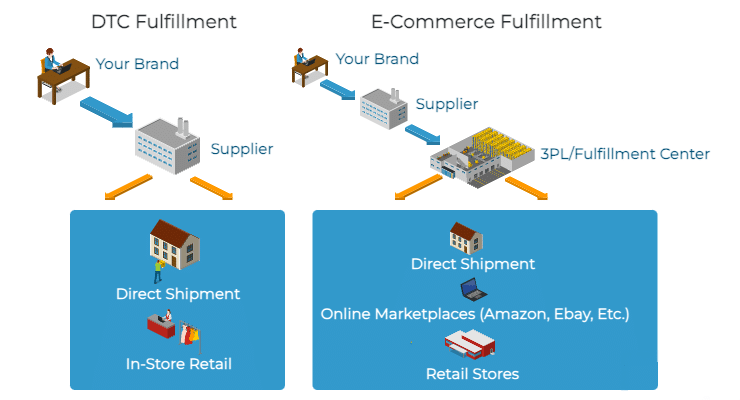
D2C Fulfillment: Brand-Centric and Direct
D2C Fulfillment is characterized by its brand-centric approach, where manufacturers or brand owners sell directly to consumers, bypassing traditional retail channels. This model allows brands to control every aspect of the consumer experience, from product presentation to delivery and post-purchase service. The emphasis in D2C is on building a direct relationship with customers, often leading to enhanced brand loyalty and customer engagement.
Traditional E-commerce Fulfillment: The Broader Online Retail Spectrum
E-commerce Fulfillment, in a broader sense, encompasses all aspects of storing, picking, packing, and shipping products for online sales, regardless of the sales channel. This can include sales through a brand’s own website (which can be D2C), third-party marketplaces like Amazon, eBay, Etsy, and other online platforms. E-commerce fulfillment focuses on efficiently managing the logistics of online sales from various channels.
DTC Fulfillment vs eCommerce Fulfillment
| Aspect | D2C Fulfillment | E-commerce Fulfillment |
|---|---|---|
| Sales Channel | Direct sales from brands to consumers through brand-owned channels. | Sales through various online channels, including brand-owned and third-party marketplaces. |
| Customer Relationship | Direct relationship with consumers, focusing on brand loyalty and personalized experiences. | Broader focus, catering to customers from various channels without necessarily building a direct brand relationship. |
| Control over Customer Experience | High control over branding, packaging, and overall customer experience. | Control varies depending on the channel; less direct influence in third-party marketplaces. |
| Supply Chain Management | Streamlined supply chain tailored to brand-specific requirements. | More complex supply chain to cater to diverse sales channels and customer demands. |
| Flexibility in Packaging | High flexibility to customize packaging for brand enhancement. | Packaging standards often dictated by the requirements of different sales channels. |
| Data Collection and Usage | Direct data collection from consumers for targeted marketing and product development. | Data collection can be less direct, especially through third-party channels, impacting targeted strategies. |
| Delivery and Logistics | Tailored logistics for direct delivery to consumers, often with a focus on speed and presentation. | Logistics managed to optimize delivery across various sales channels, focusing on efficiency and cost-effectiveness. |
DTC Impact on Supply Chain Management and Customer Satisfaction
In D2C fulfillment, the supply chain is often streamlined and highly integrated with the brand’s marketing and customer service strategies. This integration allows for more agile responses to consumer trends and preferences, often leading to higher customer satisfaction due to personalized service and direct communication.
E-commerce fulfillment, conversely, requires a more robust and versatile supply chain management approach. Dealing with various sales channels and customer expectations necessitates a balance between efficiency, cost-effectiveness, and maintaining service quality across all platforms.
Pros and Cons: Selling Direct-to-Consumer
| Pros | Cons |
|---|---|
| Direct customer relationships, enabling personalized experiences and loyalty building. | Logistical challenges, including managing delivery and returns. |
| Higher profit margins by eliminating middlemen. | Increased responsibility for marketing and building a strong online presence. |
| Full control over branding, marketing, and customer engagement. | Intensive customer service demands, requiring more resources and attention. |
| Quick customer feedback, allowing for rapid product and service improvements. | Significant initial investment in technology, logistics infrastructure, and marketing efforts. |
| Ability to tailor the shopping experience to individual needs. | Potential difficulty in standing out in a saturated DTC market. |
| - | Limited resources can hinder the effective implementation of a DTC model. |
| - | Complex products may be better suited to traditional retail models with expert guidance. |
| - | Some markets or customer segments may show a preference for traditional retail channels. |
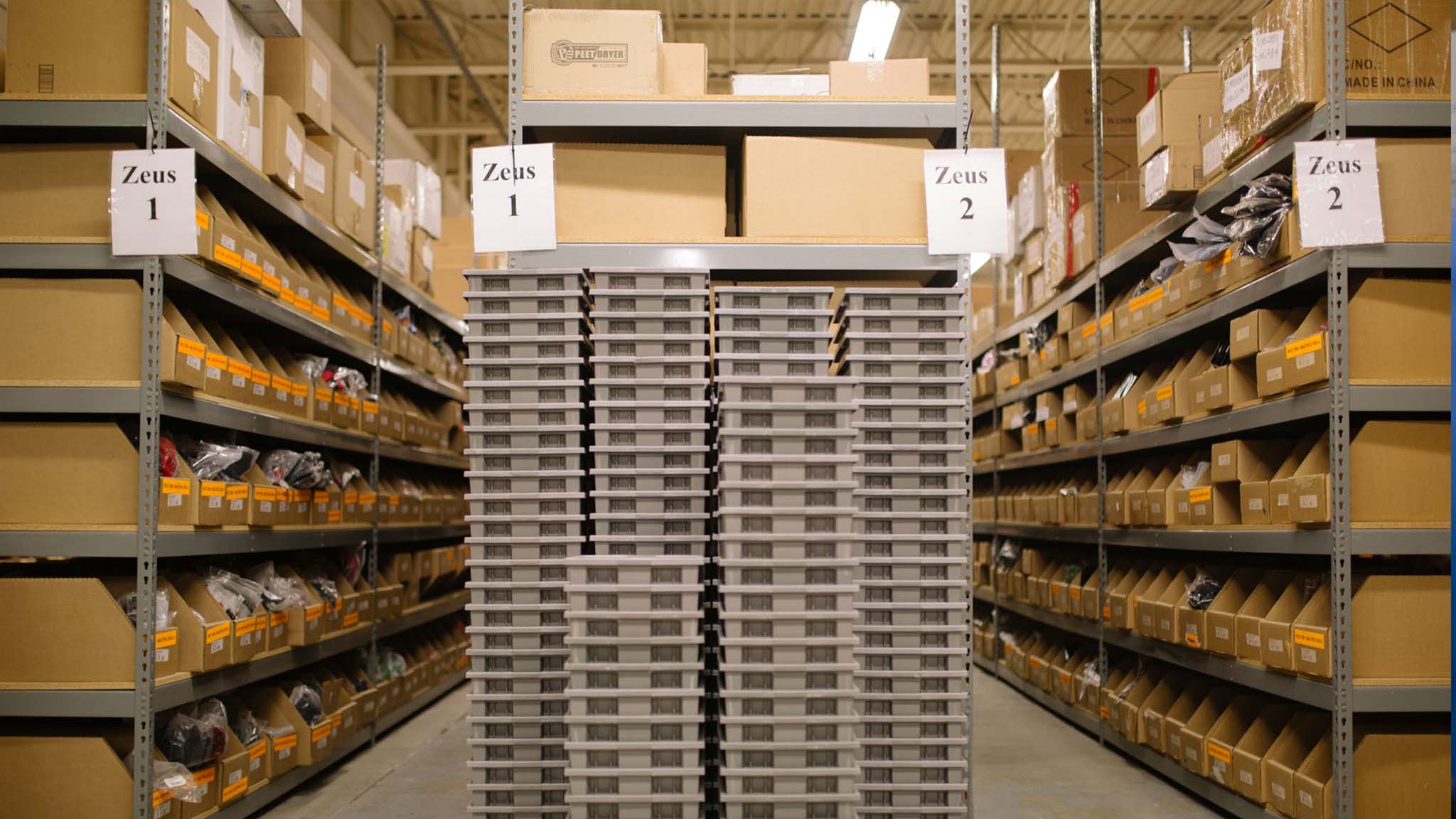
Outsourcing DTC Fulfillment to a 3PL
As a Direct-to-Consumer (DTC) brand grows, the decision to outsource fulfillment to a Third-Party Logistics (3PL) provider becomes increasingly critical. This step can significantly impact the efficiency of operations, customer satisfaction, and the overall scalability of the business.
Indicators for When a Business Should Consider Outsourcing to a 3PL
- Scaling Challenges: If fulfilling orders in-house is limiting growth potential due to space, staffing, or logistical challenges.
- Fluctuating Order Volumes: Difficulty in managing order volumes that vary seasonally or due to promotional activities.
- Geographic Expansion: When expanding customer base into new geographical areas where in-house logistics may be less efficient or more costly.
- Complex Logistics Needs: The need for specialized storage, handling, or shipping options that are beyond current capabilities.
- Focus on Core Competencies: Desire to focus more on product development, marketing, and other core business areas rather than logistics.
Advantages and Considerations of Outsourcing DTC Fulfillment
- Expertise and Efficiency: 3PLs bring specialized knowledge and experience in logistics, potentially improving efficiency.
- Scalability: Easier to scale operations with a 3PL, accommodating fluctuating order volumes without the need for significant capital investment.
- Geographic Reach: Access to wider distribution networks, aiding in faster and more cost-effective shipping.
- Technology and Innovation: Benefit from the latest in logistics technology and processes that may be too costly to implement in-house.
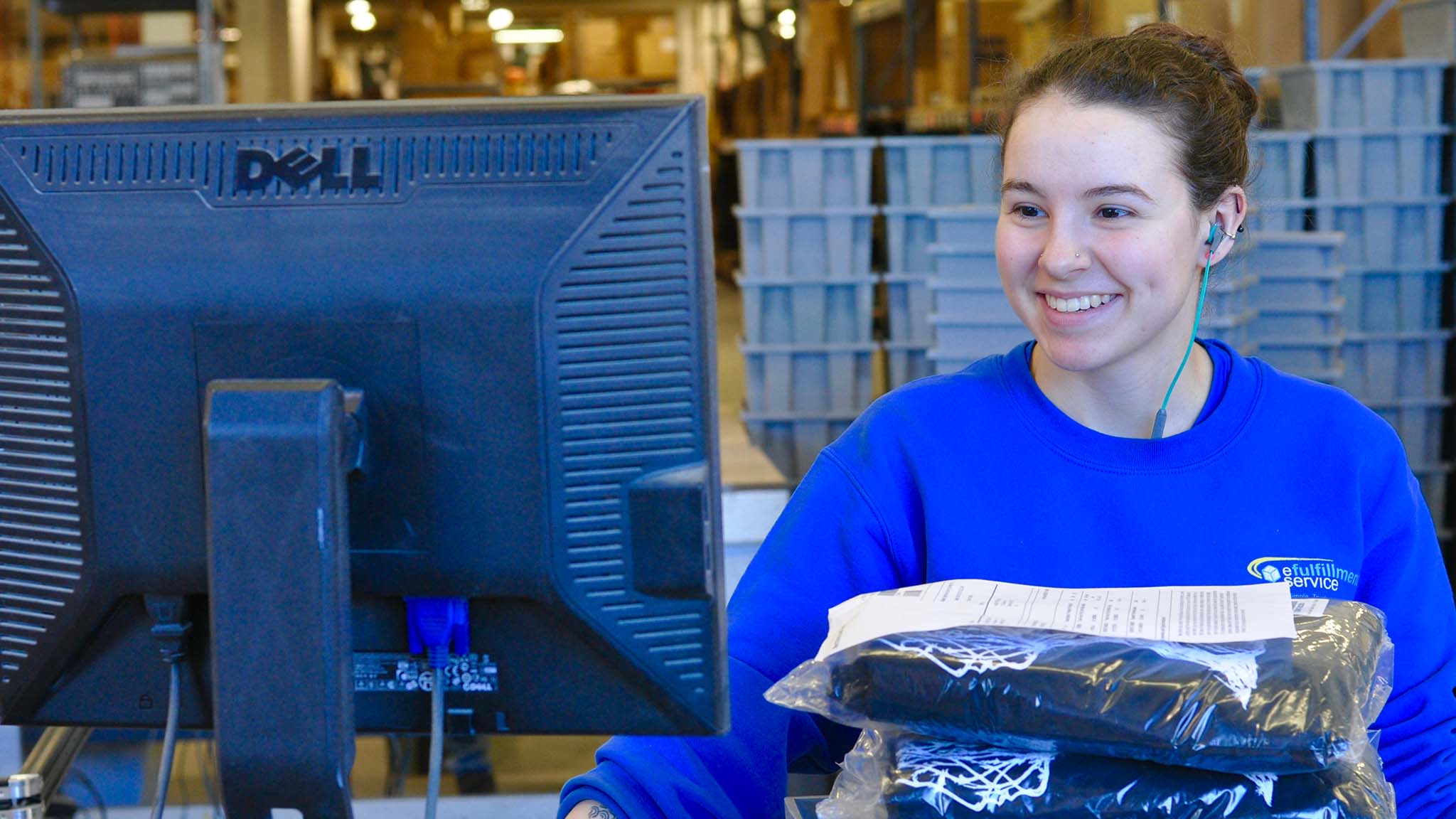
Choosing the Right 3PL for DTC Fulfillment
Selecting the right 3PL partner is a critical decision for DTC brands, as it directly impacts customer experience and operational efficiency.
Criteria for Selecting a 3PL Provider
- Experience and Expertise: Look for a provider with proven experience in DTC fulfillment and an understanding of your specific industry.
- Technology and Integration: Ensure they have robust technology systems that can integrate seamlessly with your e-commerce platform and provide real-time visibility into inventory and order status.
- Scalability and Flexibility: Assess their ability to scale up or down based on your business needs and their flexibility in handling different types of products or shipping requirements.
- Geographical Coverage: Consider their distribution and warehousing locations, especially if your customer base is spread across different regions.
- Cost Structure: Understand their pricing model and ensure it aligns with your budget and business goals.
Tips for Vetting and Partnering with 3PLs
- Conduct Thorough Research: Look into the 3PL’s history, areas of expertise, and case studies.
- Visit Their Facilities: If possible, visit their warehouses to get a firsthand view of their operations.
- Ask for References: Speak to existing or past clients to understand their experience working with the 3PL.
- Plan for Transition: Work closely with the 3PL to ensure a smooth transition, with minimal disruption to your customers.
Summary:
Let’s wrap up our journey through the world of Direct-to-Consumer (DTC) fulfillment. It’s more than just a buzzword; it’s changing the way we think about buying and selling online. DTC cuts through the traditional retail maze, directly linking brands with their customers. This approach is about keeping things simple and efficient, and at the same time, really tuning into what customers want.
We’ve covered a lot in this guide. DTC is different from the old-school retail ways and even from the broader e-commerce models. It puts brands in the driver’s seat, giving them the power to shape every part of the shopping experience – right from the product design to how it lands in the customer’s hands. However, it’s not all smooth sailing. DTC can be tricky, especially when it comes to handling logistics and making sure you’ve got the tech and marketing muscle to back it up.
For growing businesses, working with Third-Party Logistics (3PL) providers can be a game-changer. Picking the right 3PL partner means finding someone who really gets what your business needs and can help you grow without the growing pains.
FAQs: DTC Fulfillment Explained
What is DTC Fulfillment?
DTC Fulfillment stands for Direct-to-Consumer Fulfillment. It's a retail model where brands sell their products directly to customers without going through traditional retailers or middlemen. This process includes everything from managing online orders to shipping products directly to the customer's doorstep.
What does DTC mean in shopping?
In shopping, DTC refers to the Direct-to-Consumer approach. This means when you buy a product, you're buying it straight from the brand that makes it, typically through their online store. It's different from buying from a retailer or a third-party seller.
What is a DTC order?
A DTC order is an order placed by a customer directly with a brand. Instead of buying from a retailer or a different online seller, the customer goes straight to the brand's website or sales platform to make their purchase. The brand then handles the fulfillment of that order themselves.
Is Amazon a DTC or B2C?
Amazon is primarily considered a B2C (Business-to-Consumer) platform, not a DTC. This is because Amazon acts as an intermediary between various sellers and consumers. In contrast, DTC is about brands selling directly to consumers without such intermediaries.
Is B2B the same as DTC?
B2B (Business-to-Business) and DTC (Direct-to-Consumer) are not the same. B2B refers to transactions between businesses, like a manufacturer selling to a retailer. DTC, on the other hand, involves a business selling directly to the end consumer.
What are some examples of DTC brands?
Some popular examples of DTC brands include Warby Parker (eyewear), Casper (mattresses), Dollar Shave Club (grooming products), and Glossier (cosmetics). These brands bypass traditional retail channels, selling directly to consumers mostly through their online platforms.
Simplify your eCommerce Fulfillment!
Get a free quote from eFulfillment Service and see how a 3PL could simplify eCommerce Fulfillment!



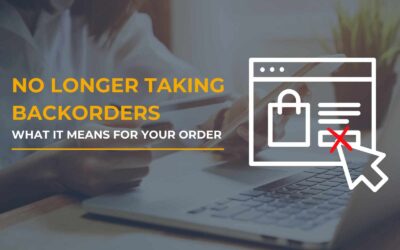
0 Comments